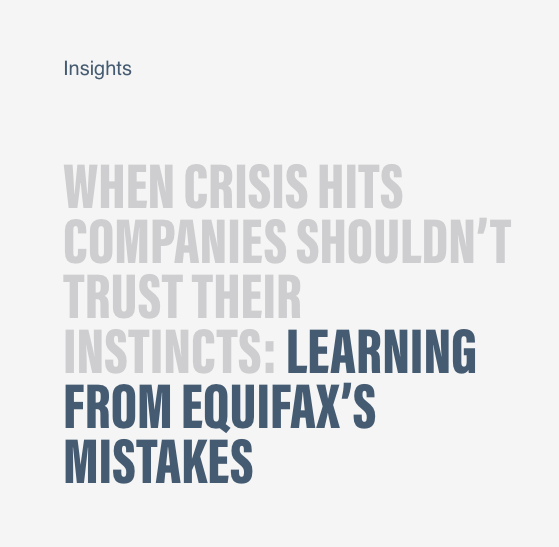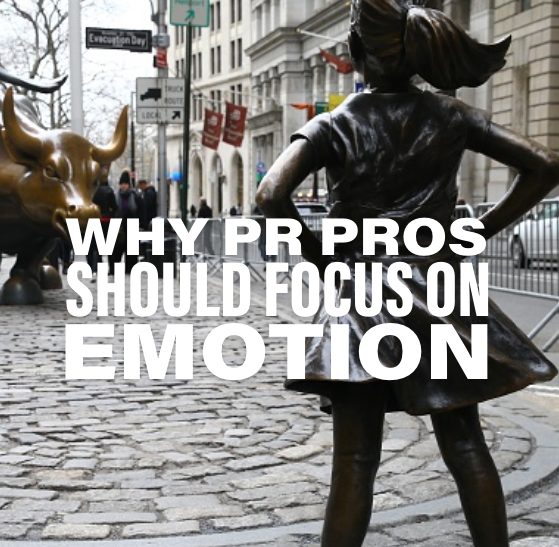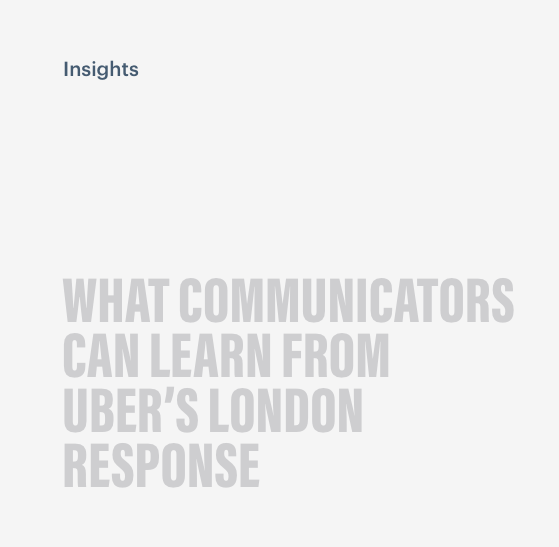Crafting Connection with Town Hall Agency
A Language Expert’s Tips for Nonprofit Audience Engagement
Coming off of a decline in charitable giving in the U.S.* and with almost daily headlines highlighting the continued decline between Americans and institutions of all kinds, it’s no wonder that nonprofit professionals are feeling, at best, discouraged and, at worst, demoralized. However, for the record, this decline in trust is not limited to nonprofits. It cuts across almost every sector. And coming off of four years of intense pressure, decreased resources, and increased expectations starting with the COVID-19 pandemic in 2020, who could be blamed for throwing their hands up in defeat?
And yet, I continue to be encouraged and inspired by my clients and colleagues working tirelessly across a range of causes to make our world a better place.
It’s with this optimism that I invited my friend Ben Feller to join me in conversation about institutions today and specifically how language and the words we choose to articulate our messages can help repair and build trust with our audiences. Today, Ben is a partner at maslansky + partners, a language strategy firm, where he serves as a narrative advisor to organizations like Colgate University, Syracuse University, and The Ford Foundation. Previously, he spent 20 years as a reporter, where he served as the National Education Writer and the Chief White House Correspondent for The Associated Press during the Bush and Obama presidencies. We covered a lot of ground, and I encourage you to watch the webinar if you’re feeling like the world is happening to you and you’re seeking a sense of empowerment and control by zeroing in on what you can proactively do and champion in the face of these challenges. Some highlight takeaways from our conversation include:
- Don’t let the internal become external. Supporters don’t have a relationship with the development team, the advocacy team or the marketing/communications team. They have a relationship with the organization as a whole. This requires us to reduce any internal politics and increase the level of collaboration across teams and departments. Otherwise, we fall into the trap of letting our internal structure drive our messages–rather than being responsive to the natural journey of our supporters.
- Turn jargon into plain English. As Ben shared, “Everything is a choice between saying it in a way that makes people care and not.” And this choice is really about taking the time and finding the language in plain English to help people understand the value or the impact of your programs. He shared some great examples of “corporate speak” that sneaks into messaging (i.e., “multi-stakeholder engagement…who talks like that?!”), and reinforced that this approach does not require you to sacrifice your command of the subject matter. As Ben flagged, this can be particularly challenging (and even more important) for those who work across complicated issues. It’s not an exercise in dumbing something down but rather distilling the ideas into concise clarity.
- Know your audience today. Our world has changed significantly over the past four years. As I shared in our conversation, I have felt transformed on many levels since the start of the pandemic. There’s no doubt donors and supporters of all kinds and all ages have changed too–what they value, who or what they trust, and how they consume information. This is tricky because these changes are fluid and aren’t easily captured in traditional market research or studies. The work of knowing your audience–like any other relationship in our lives–is one that requires consistent intention, listening, and nurturing.
This is just a sampling of what we covered. If you’re interested in hearing more, click here to watch our conversation in full.
*Giving USA: The Annual Report on Philanthropy








